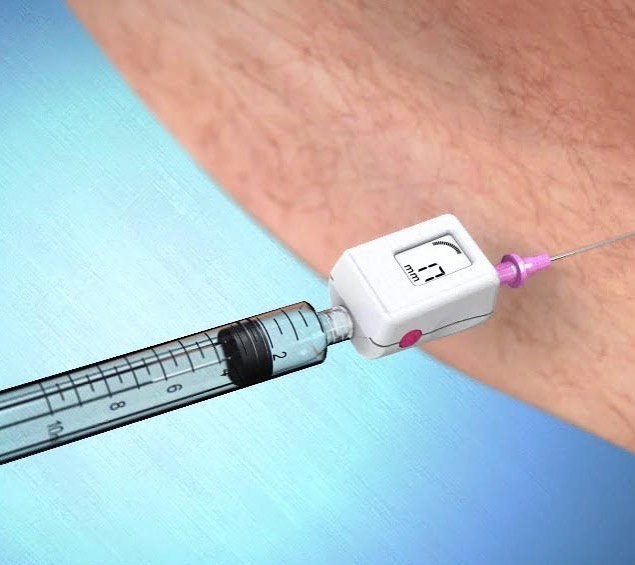
About Compartment Syndrome
Leg pain during physical activity is common, and can substantially disrupt activity levels. One of the well recognised contributors to this issue is “Chronic Exertional Compartment Syndrome,” characterised by a gradual increase in lower leg pain during continuous exercise, often to the point where the athlete has to stop. Pain may persist for a variable duration, ranging from a few minutes to several hours, during which individuals experience painful tightness in their legs often alongside muscle swelling. This condition is confirmed by performing a “Compartment Pressure Test.”

Compartment Pressure Testing
During the test you will be asked to reproduce your leg pain, usually by provoking symptoms on a treadmill. A simple injection of local anaesthetic is undertaken, and after replicating the pain on the treadmill, a small pressure gauge needle is then inserted into the muscle compartments. This involves only a small needle, and with the aid of local anaesthetic, is a simple and often only mildly uncomfortable procedure.
The entire procedure takes approximately one hour, and you can drive and resume all regular daily activities without any concerns once the test is concluded. If the condition is confirmed, dependent on severity, location, and contributing biomechanics, the treatment may involve simple modifications in gait, loading, and movements, the use of orthotics, Botox injections, or, in persistent cases, a surgical procedure (fasciotomy) conducted by our orthopaedic colleagues.
Many treatments for musculoskeletal conditions can incorporate injections to assist with pain management and/or facilitation of the healing process. Crucially, by alleviating pain, this enables you to advance your rehabilitation and reloading exercises in a faster and often more efficient manner.